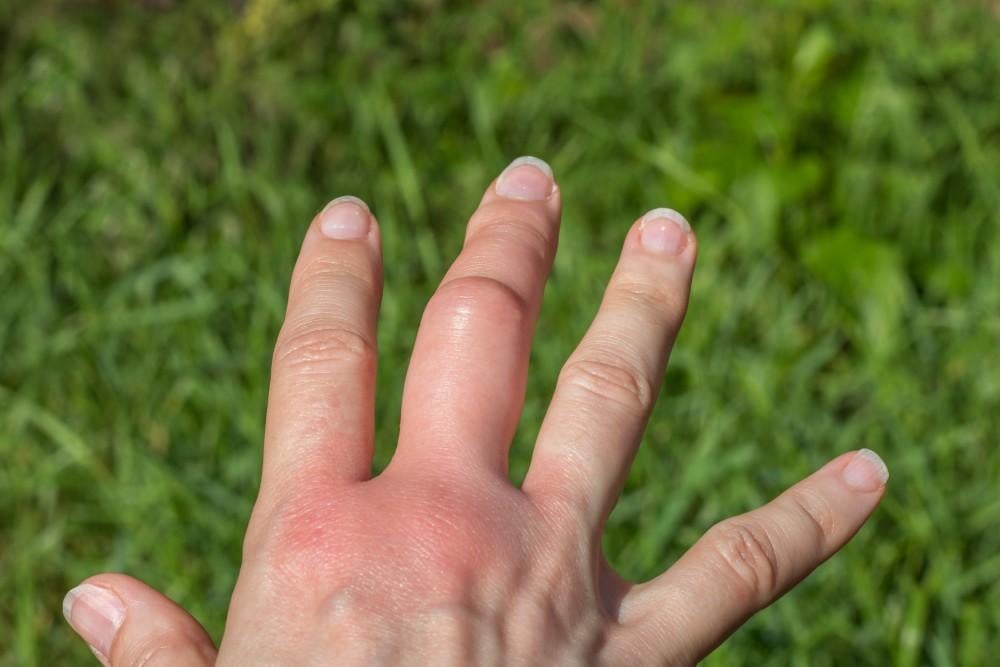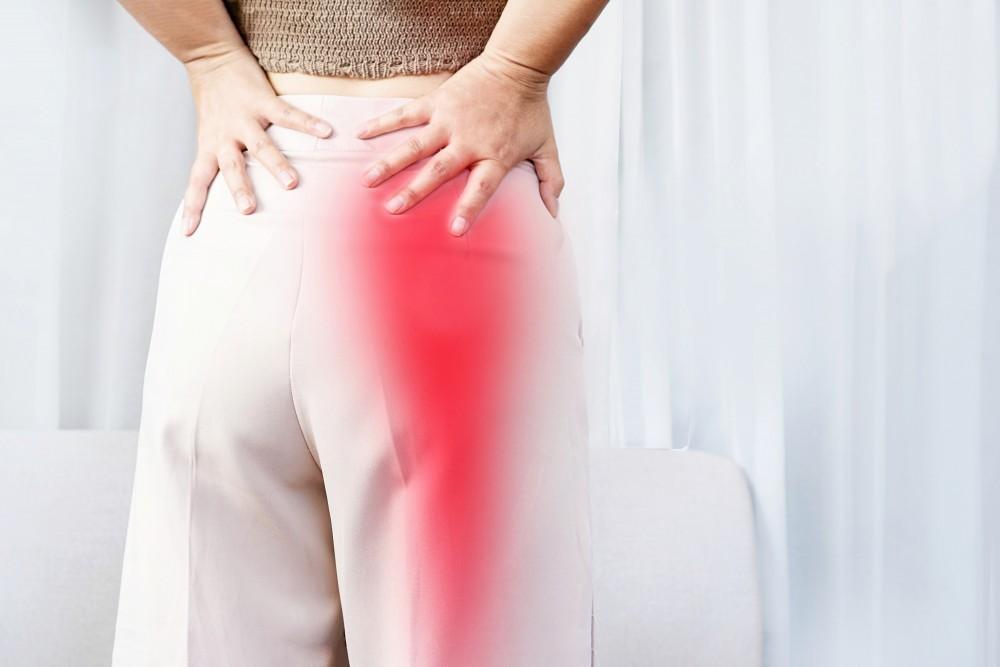Young or old, active or not, at some point you’re going to deal with some sort of back pain. According to statistics, 39% of Americans have dealt with back pain in just the last three months, and 54% have dealt with back or neck pain for five years or more. For many people, back pain can get bad enough to affect your ability to work or perform basic household tasks. And once the pain becomes chronic, you’ll be dealing with some form of it for a long time.
While there are many ways to treat back pain, from medications to surgical procedures, spinal decompression offers relief for different kinds of back pain. Let’s examine this procedure more closely by looking at what spinal decompression is, what conditions it treats, and what the experience is like.
Residents of the Houston and Spring, Texas, areas looking for ways to manage back pain can find help with Drs. Billy Cheong, Kesia Broome, Elias Madrid, and the experienced medical team at Elite Spine and Health Center.
What is spinal decompression?
Spinal discs are gel-like cushions positioned between the bones in your spine that act as shock absorbers, provide mobility, and help to hold it together. You have 23 spinal discs in your back, and damage to your spinal discs (such as herniation or bulging) can affect your back’s mobility, stability, and cause a great deal of pain.
To treat problems in the spinal discs, we offer spinal decompression therapy. This method works by producing negative intradiscal pressure to reposition herniated or bulging discs in your spine, resulting in lower pressure, putting the damaged material back into place, and allowing an influx of healing nutrients into the damaged discs. This process is done using a specialized, motorized traction table which stretches and relaxes your spine in controlled doses to provide relief.
What is it used to treat?
In addition to treating herniated or bulging discs, this procedure can help people with relief from:
Degenerative discs
This condition is the result of wear and tear on spinal discs leading to neck and lower back pain, weakness, numbness, and radicular pain (hot shooting pain in the arms and legs).
Pinched nerves
When your nerves get compressed, it can cause tingling, numbness, weakness, and pain. A herniated disc, for example, may cause compression on a nerve root in your spine, resulting in a pinched nerve.
Sciatica
Pain resulting from damage, inflammation, compression or irritation to your sciatic nerve, which runs from your lower back down to your feet. It can be caused by herniated discs, bone spurs, or the next entry on this list, spinal stenosis.
Spinal stenosis
This is the name for the narrowing of the spaces in your spine, making it smaller and leading to pain. It’s common in the neck and lower back, and is often the result of bone spurs or herniated discs.
What can you expect from the procedure?
To start the procedure, you are placed on the specialized table, fitted in a harness placed around your hips. The upper portion of the table remains in a fixed position as the lower half moves back and forth to stretch and relax your spine. This can be done while facing up or down on the table, and while you will feel the stretching of your spine it is not a painful experience.
The treatment can last up to 45 minutes and be done many times over a five to seven week period. Other treatments may be used before or after therapy to help with healing, such as ultrasound, electrical stimulation, or heat and cold therapy.
Spinal decompression is a safe solution for alleviating a number of problems in your back. So, if you’re ready to be rid of back pain without surgery, make an appointment with Drs. Cheong, Broome, Madrid, and Elite Spine and Health Center today to get started.




